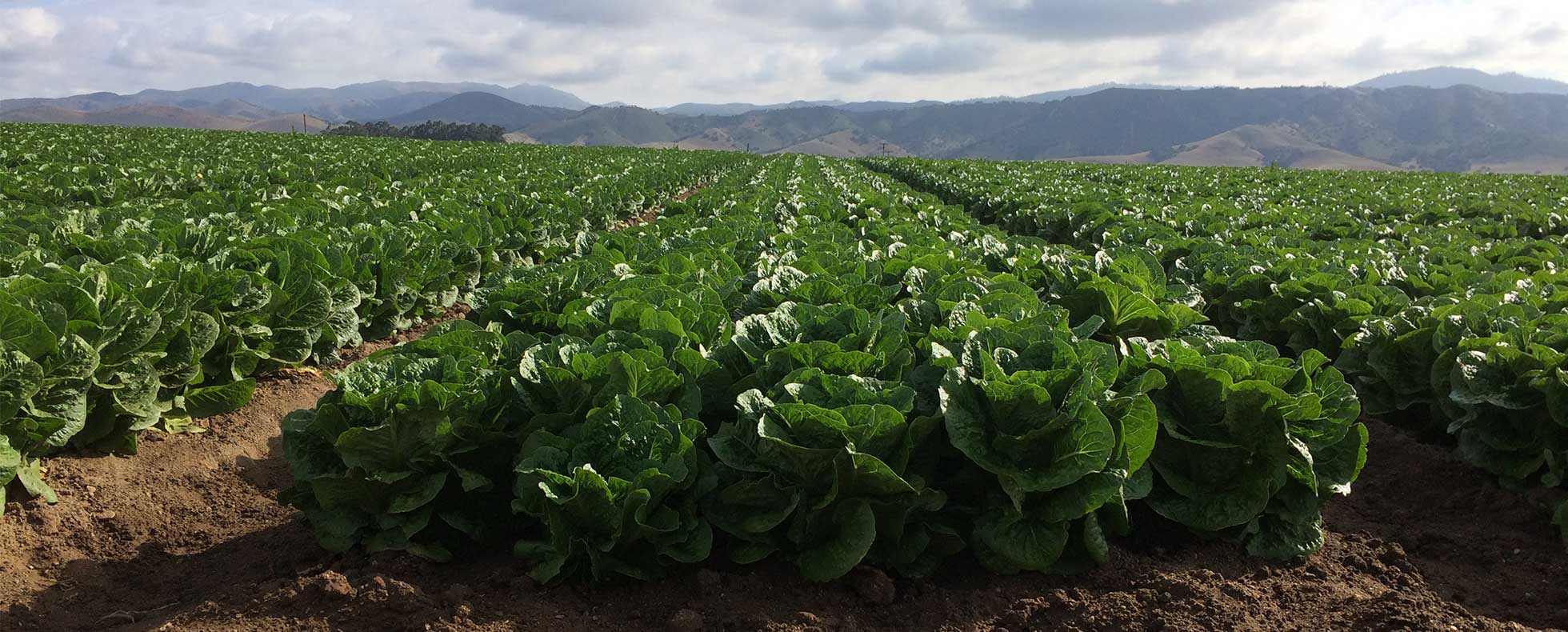
Drip and subsurface drip irrigation (SDI) systems offer numerous advantages to growers of several types of crops, from alfalfa to berries. Benefits like overall water use reduction, better water and resource use efficiency (WUE and RUE), and greater yields
have been proven in research and case studies from leading irrigation companies such as Netafim and Toro Micro-Irrigation.
As they are for all growers, rodents are a major concern for those with drip and SDI systems. Pests like mice, voles,
and gophers, when not properly managed, cause yield loss and crop damage. The good news is drip and SDI systems have several unique aspects and natural defenses for efficient and effective rodent management.
Because there isn’t one, “magic” solution for controlling pests, those looking to employ a drip or SDI system and successfully manage rodents need to build an integrated plan, starting with these 10 tips.
Pre-Plant Planning
The first line of defense in the war on rodents is to identify areas of high rodent concentration, not only in the proposed drip or SDI field, in surrounding areas as well. Then, the following steps should be taken in each area.
Control While You Grow
After proper pre-plant steps have been taken to control rodents, the integrated plan continues with best practices throughout the growing season.
Post-Cutting and Crop Rotation
Add these final strategies to complete the thorough pest management plan.
There Is No Good Luck – Only Good Planning
With proper planning and ongoing best management practices, rodent threats can be minimized in drip or SDI systems, leaving growers to enjoy benefits of higher yields, and greater WUE and RUE.
--
About The Author
Danilu Ramirez, CCA, PCA is a Water Quality Consultant for RDO Water, based in Santa Maria, CA.
Contact your local RDO Water store to learn more about drip and subsurface drip irrigation.
Additional contribution to this article provided by Netafim USA and Toro Micro-Irrigation. Visit www.netafimusa.com and www.driptips.toro.com to read case studies, review system basics, and learn more about successful strategies for SDI and drip irrigation.